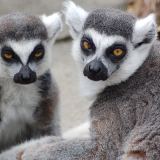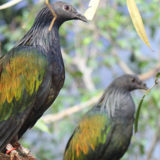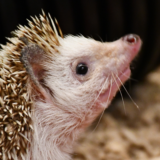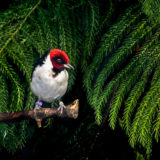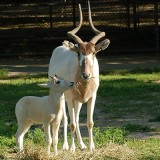CLASSIFICATION
Order: Anseriformes
Family: Anatidae
Subfamily: Anserinae
Genus: Cereopsis
Species: novaehollandiae
RANGE
Southeastern Australia and Tasmania. There are small populations that have been introduced to New Zealand, Maria Island and some areas of southwestern Australia.
HABITAT
While the prefer to stick to offshore islands, as these are the normal breeding grounds, the Cape Barren goose has learned to adapt to agriculture lands.
SIZE
Weight: 6 – 16 lbs.
Length: 30 – 39 inches
LIFE EXPECTANCY
Approximately 17 years
REPRODUCTION
- Breeding season is from July to September
- Pairs are monogamous with males building nests in open grassland areas directly on the ground.
- Females will incubate the 4-6 eggs that they lay for around 34-38 days.
DIET
Wild: The preference of the Cape Barren Goose is a tussock grass, Poa poiformis, that is native to their range. They will also eat various other plants, grasses, leaves, stems, legumes and grains.
BEHAVIOR
This species is diurnal and will spend most days grazing for food in their small flock. These flocks break off during the breeding season as this species is territorial. Unlike some other species of geese, the cape barren goose is not known to swim often, but has adapted to drinking salt water that is notorious to their native habitat.
POINTS OF INTEREST
- Once thought to be endangered, the goose has made many adaptations that have allowed the species to rebound, including living on agricultural lands.
- Although population is currently stable, they are considered one of the world’s rarest geese.
- They are seed dispersers in their natural habitat
STATUS
Least Concern


